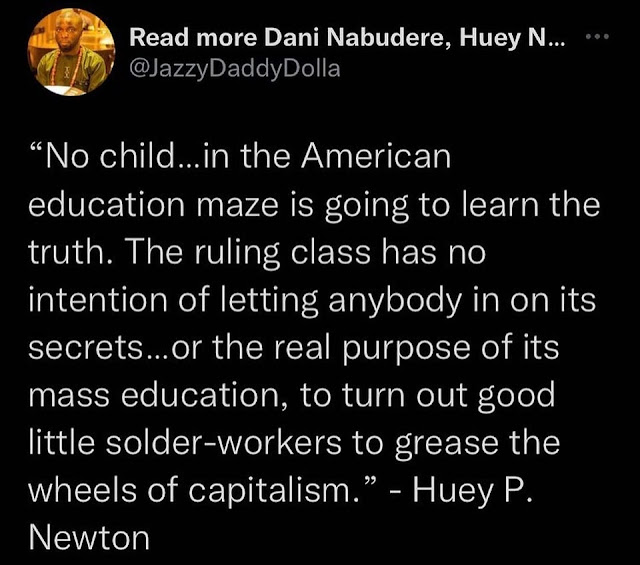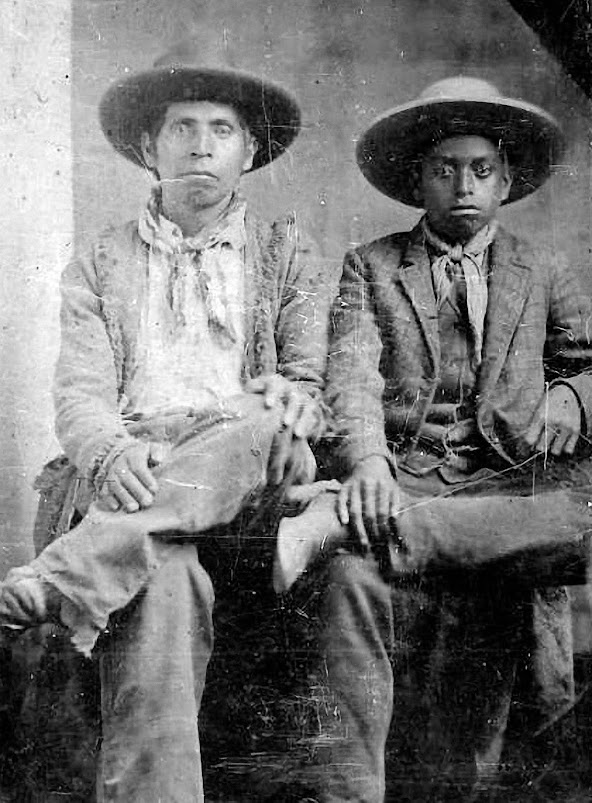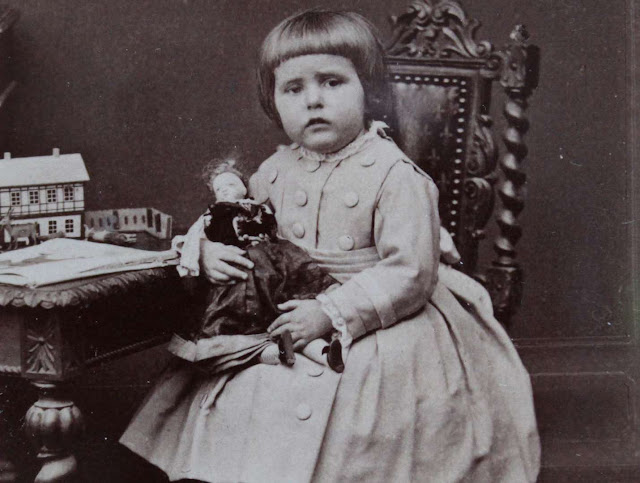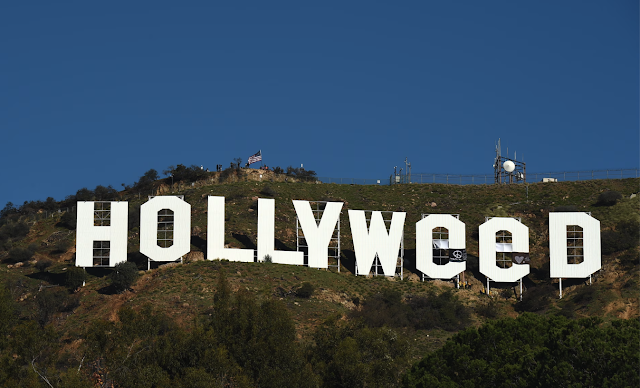SickoRicko'sCrap...
WARNING: This blog contains copious amounts of adult GAY material. If that's offensive to you, please leave now. All pix have been gleaned from the internets so, if you see a picture of yourself that you don't wish to have posted here, please leave a comment on the post and I will remove it with my apologies.
I REPEAT: If you see a picture of yourself that you don't wish to have posted here, please leave a comment on the post and I will remove it with my apologies.
I REPEAT: If you see a picture of yourself that you don't wish to have posted here, please leave a comment on the post and I will remove it with my apologies.
Friday, July 18, 2025
2025.0718.0003...
In 1930 the Indiana Bell building was rotated 90°. Over a month, the 22-million-pound structure was moved 15 inch/hr... all while 600 employees still worked there. There was no interruption to gas, heat, electricity, water, sewage, or the telephone service they provided. No one inside felt it move.
The relocation of the headquarters building of Indiana Bell Telephone Company in Indianapolis remains one of the most fascinating moves in the history of structure relocation.
The headquarters of Indiana Bell, a subsidiary of AT&T serving the US state of Indiana, was housed inside an 8-story, 11,000-ton building built in 1907. In 1929, the phone company decided they needed a larger building, but they couldn’t just demolish the old building because it was providing an essential service to the city.
The building was also inconveniently located on the site where they wanted the larger structure. In the end it was decided that the old building will be moved to the back of the plot to make room for the new building.
The massive undertaking began on October 1930. Over the next four weeks, the massive steel and brick building was shifted inch by inch 16 meters south, rotated 90 degrees, and then shifted again by 30 meters west. The work was done with such precision that the building continued to operate during the entire duration of the move.
All utility cables and pipes serving the building, including thousand of telephone cables, electric cables, gas pipes, sewer and water pipes had to be lengthened and made flexible to provide continuous service during the move. A movable wooden sidewalk allowed employees and the public to enter and leave the building at any time while the move was in progress. The company did not lose a single day of work nor interrupt their service during the entire period.
Incredibly most of the power needed to move the building was provided by hand-operated jacks while a steam engine also offered some support. Each time the jacks were pumped, the building moved 3/8th of an inch.
The building stood for 33 years at its new location, until it was demolished in order to make room for the expansion of the new headquarters building.
After the expansion...
Thursday, July 17, 2025
2025.0717.0002...
Circa 1860-70
Late 1800s
1920s Pramobile
Circa 1924
2025.0717.0003...
HOLLYWOODLAND
1923: Just a $21,000 billboardThe Hollywood sign begins life as a temporary advertisement for a new housing development in the Hollywood Hills. Its precise date of construction is unknown: by the end of 1923, a few news reports in Los Angeles mention, in passing, a giant sign reading “Hollywoodland”, illuminated with electric lights.
The sign cost $21,000, according to the Hollywood Sign Trust, and the developers behind it included Harry Chandler, the publisher of the Los Angeles Times.
“Each of the original 13 letters was 30ft wide and approximately 43ft tall, constructed of 3ft by 9ft metal squares rigged together by an intricate frame of scaffolding, pipes, wires and telephone poles,” according to the sign trust’s website. “At night the Sign blinked into the Hollywood night: first ‘Holly’, then ‘wood’, and finally ‘land’, punctuated by a giant period. The effect was truly spectacular, particularly for pre-Vegas sensibilities.” (The Las Vegas strip started to be built in the 1940s.)
The big letters on the hill have been a prank target for decades: the first time the sign was altered to read “Holllyweed” was in 1976, according to the Hollywood Sign Trust. (Both “Hollyweed” alterations, in 1976 and 2017, were “marking the enactment of looser state marijuana laws”, the trust notes.)
The sign has also been altered to read “Holywood”, in honor of Pope John Paul II’s visit to Los Angeles; “Ollywood”, in reference to Oliver North’s testimony in the Iran-Contra scandal; “Go Navy”, “Caltech”, and “UCLA”, according to the sign trust.
In 2021, six people were arrested after altering the sign to read “Hollyboob”.
Michelle Yeoh
Copy and images (except the first one) came from The Guardian. It's a very interesting article.
Subscribe to:
Posts (Atom)




















































